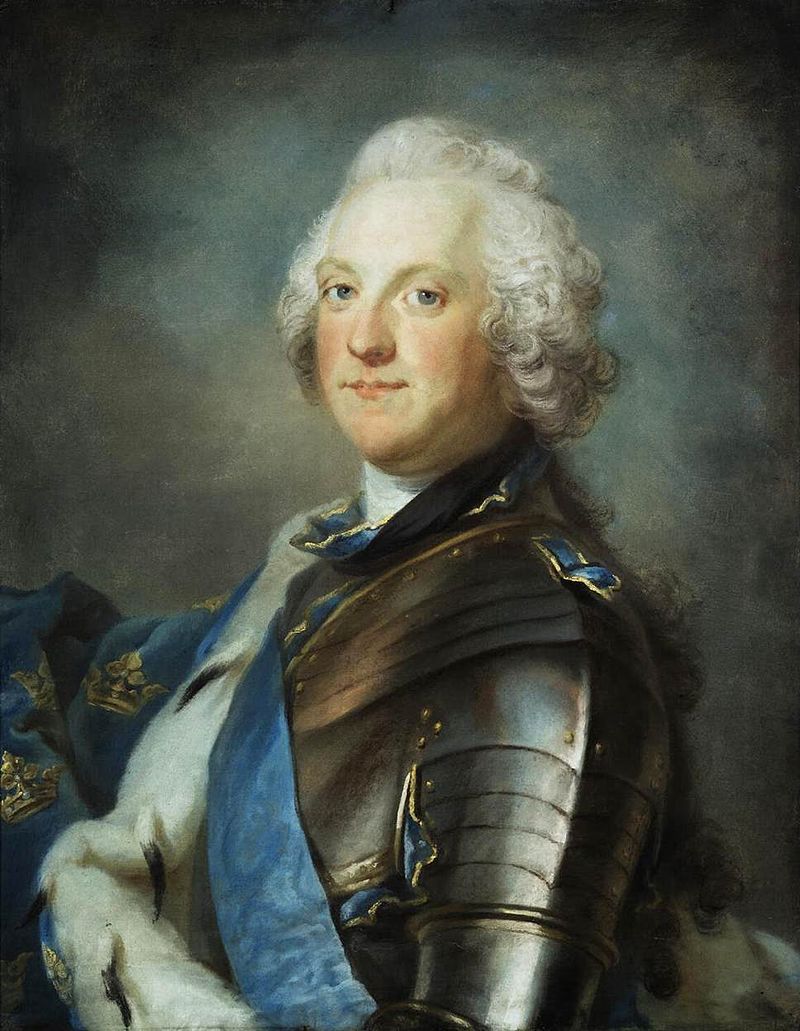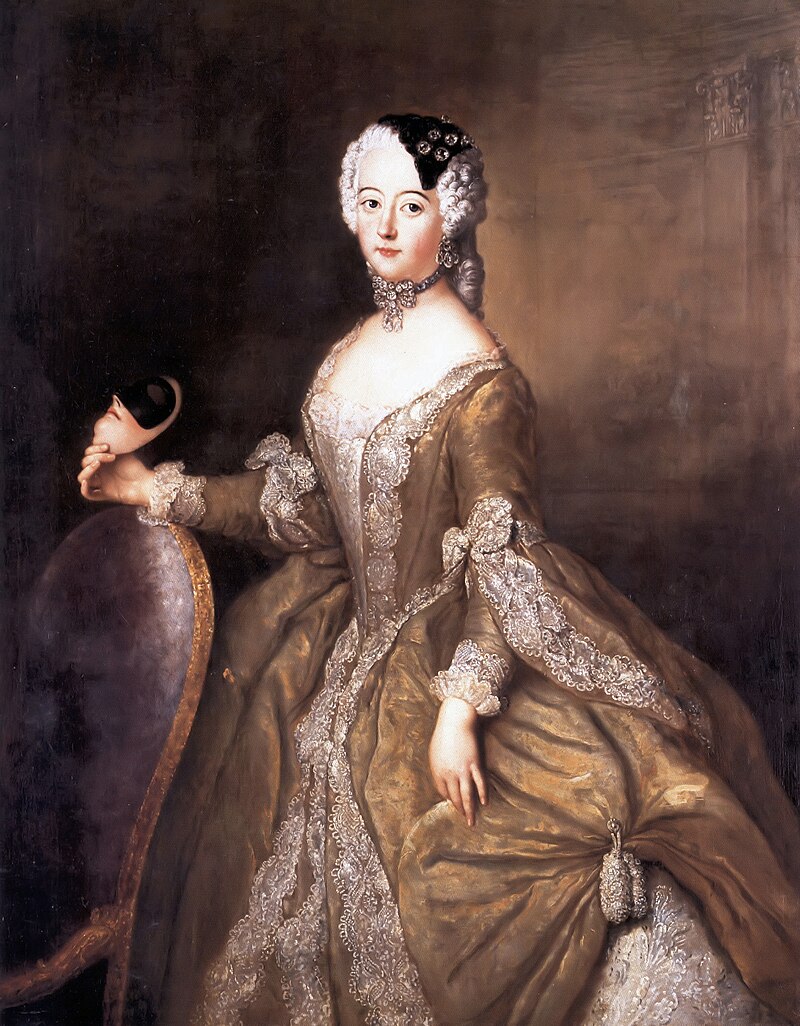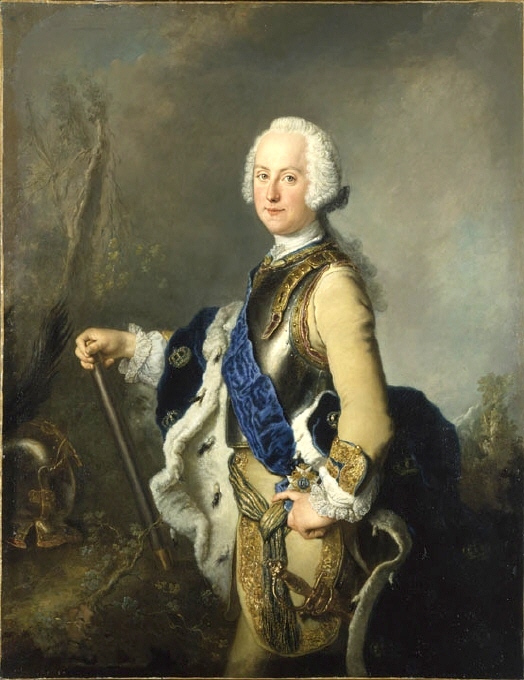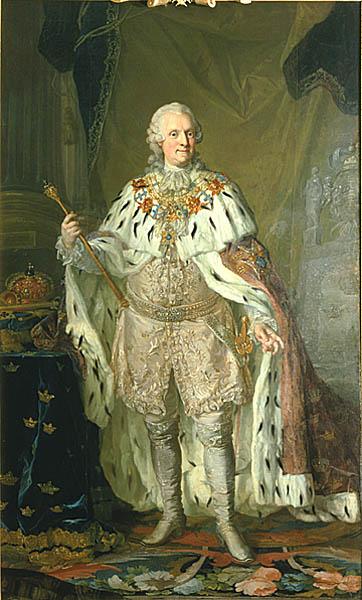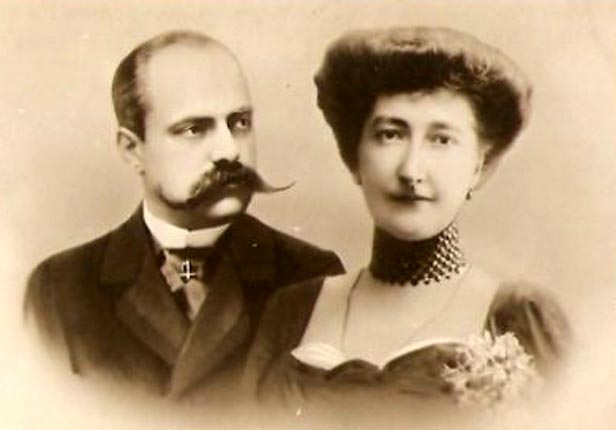by Scott Mehl © Unofficial Royalty 2017
The article details how the Royal Family spent the Christmas holidays during the reign of Queen Elizabeth II.
Royal Christmas celebrations in the United Kingdom began in mid-December when The Queen hosted a luncheon at Buckingham Palace for the entire extended Royal Family. This gave The Queen a chance to celebrate with her cousins and their families before she traveled to Sandringham for Christmas itself.

The Queen en route to Sandringham in 2015. source: The Daily Mail
Soon after the luncheon, The Queen traveled to Sandringham, her private home in Norfolk, where she stayed through the anniversary of her accession, in early February. In the later years of her reign, Her Majesty traveled by train, departing from London’s King Cross Station on a scheduled route – in a first-class car, of course. Less than two hours later, she arrives at King’s Lynn Station and was driven the few miles to her Sandringham Estate. Prior to 1901, Christmas was traditionally celebrated at Windsor Castle. It was King Edward VII who began celebrating at Sandringham, which was purchased for him as a country home in the early 1860s. His son and grandson, Kings George V and George VI, continued the tradition. Today, Queen Elizabeth II also spent the holidays there, along with her family.
The rest of the family arrived on Christmas Eve. Guests include The Queen’s children, grandchildren, and great-grandchildren, as well as the families of her niece and nephew, Lady Sarah Chatto and The Earl of Snowdon, the children of the late Princess Margaret. They arrived in very precise order, based on precedence, with The Prince of Wales and The Duchess of Cornwall (now The King and Queen Consort) the last to make their appearance. Despite its size, Sandringham House is rather small when it comes to accommodations. Often, members of the staff were moved elsewhere on the estate, and their rooms were used to house members of the Royal Family.
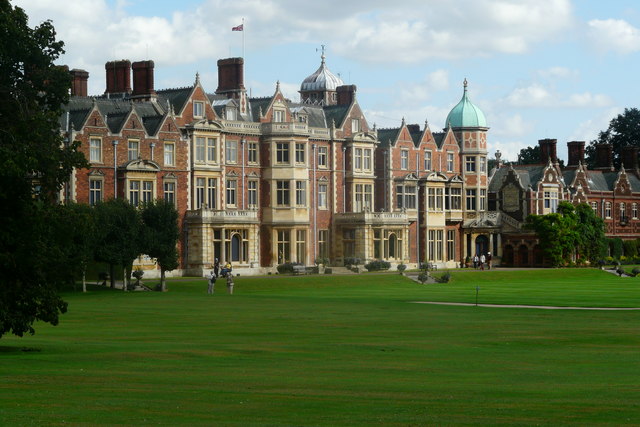
Sandringham House. photo: By Elwyn Thomas Roddick, CC BY-SA 2.0, https://commons.wikimedia.org/w/index.php?curid=6200717
Once all arrived and got settled in their rooms, the family met for tea in the White Drawing Room at 4:00 pm. There, the younger members of the family helped to put the last of the decorations on the large spruce tree, brought in from the estate. The tradition of a Christmas Tree first began in the late 18th century when Queen Charlotte, the wife of King George III, had a yew tree brought in and decorated. This continued for many years, but it was not until the reign of Queen Victoria that it became popular. In 1848, the London Illustrated News published an image of the Royal Family gathered around their Christmas Tree at Windsor Castle. In 1850, Queen Victoria commissioned James Roberts to paint a watercolor of The Queen’s Tree in the State Apartments at Windsor Castle. The painting shows the tree decorated with candles, and placed on a table surrounded by gifts from The Queen’s family. (See the painting here!) A second painting shows the trees of Queen Victoria’s children and her mother, The Duchess of Kent. (See the painting here!)

The White Drawing Room, Sandringham
Following tea, the family proceeded into the Red Drawing Room to exchange gifts. Tables were set up with each person’s gifts placed on them. And the gifts were not quite what one would expect! Apparently, gag gifts were the presents of choice, and the family went out of their way to find the silliest things. One year, Prince Harry reportedly gave The Queen a bathing cap with “Ain’t life a bitch?” printed on it, and a light-up pepper mill was apparently one of the Duke of Edinburgh’s favorite gifts!
That evening, a formal dinner was held in the Dining Room, with the men in black-tie and the women in evening gowns and their best jewels. Following dinner, the women adjourned to the drawing-room for coffee or tea, while the men enjoyed some brandy in the Dining Room.

Church of Saint Mary Magdalene. photo: By Philip Halling, CC BY-SA 2.0, https://commons.wikimedia.org/w/index.php?curid=6200708
Christmas Day began with a full English breakfast followed by a private service at 9:00 am at St. Mary Magdalene Church on the Sandringham Estate, at which the Queen received communion privately.

photo: AP/Matt Dunham, source: The Telegraph
A second service was held at 11:00 am. Traditionally members of the family walked the brief distance from the house to the church, while The Queen arrived by car, often accompanied by her daughter-in-law, The Countess of Wessex. Both before and after this service, members of the family greeted the crowds of people who have gathered. The family then returned to Sandringham House, where lunch was served in the Dining Room. Once the meal was done, The Queen invited the head chef to join the family in the dining room and raised a toast to him.

Her Majesty photographed during her Christmas Broadcast in 2016. photo: AP/The Independent
At 3 pm, the family gathered around the television to watch The Queen’s Christmas Broadcast. The tradition of the Christmas Message began with a radio broadcast given by King George V in 1932. The King spoke live to the people of the British Empire from a small office at Sandringham. Impressed with the response, as well as the new technology which allowed him to reach the far corners of the Empire, King George V continued giving a Christmas Message each year until his death in early 1936. In 1939, after the outbreak of war, the Christmas Broadcast became firmly cemented as an annual tradition for the British sovereign. King George VI broadcast a message from Sandringham to the people of the Empire, offering them reassurances in the uncertain times they were all facing. The Queen gave her first broadcast from Sandringham in 1952, using the same desk and chair used by her father and grandfather. Since 1957, the Christmas Broadcast has been televised, with the exceptions of 1963 (a radio broadcast was done instead, as The Queen was pregnant with Prince Edward), and 1969 (the documentary Royal Family was re-aired in place of the Christmas message).
The day ended with a cold buffet dinner that evening, followed by a round of Charades, reportedly a favorite of The Queen, and puzzles and other games.
Boxing Day – December 26th – began with a big breakfast before the men went off on a shoot. They were often joined by the women for lunch out on the moors. Others enjoyed hiking through the grounds of the estate. Another dinner rounded out the evening, and the guests began to leave the following day.
This article is the intellectual property of Unofficial Royalty and is NOT TO BE COPIED, EDITED, OR POSTED IN ANY FORM ON ANOTHER WEBSITE under any circumstances. It is permissible to use a link that directs to Unofficial Royalty.

